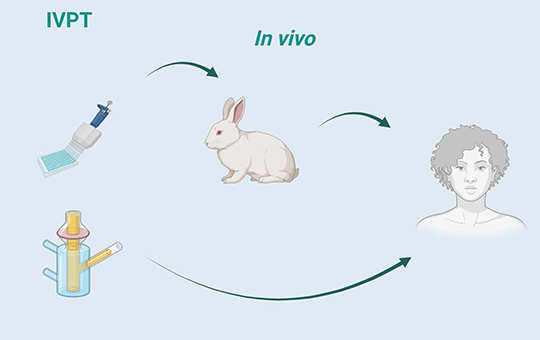ECTS: 15
Faglige nøgleord: Permeation, ophthalmic formulations, PermeaPad®
Antal Studerende: 1-2
Vejleder: René Holm
Medvejleder: Zahra Ghaemmaghamian
Beskrivelse:
There is very low bioavailability of topical ocular drugs, as only a small percentage (1–7%) of the drug substance is absorbed into the ocular tissues. After the administration of eye drops, the highest concentration in the anterior chamber is usually attained within 20–30 minutes. However, this concentration is commonly two orders of magnitude lower than the initially applied concentration, even for compounds with lipophilic properties [1].
Tear flow and blinking represent the key parameters that distinguish eye physiology from that of other organs, particularly from the topical drug delivery systems point of view. To address these two specific parameters in the ophthalmic formulations, retention time on the surface of the eye and the release profile are the related attributes in the formulation to study. The permeation and release profile of the ophthalmic formulations should be studied ex-vivo or in an experimental setup. In accordance with 3R (replacement, reduction, refinement) testing approaches, finding a correlation between the permeability of the tissues in the eye and the artificial membranes such as PermeaPad® is highly beneficial. Moreover, adjustments to the experimental parameters should render the results relevant as a model for eye physiology.
Possible setups include the 96-well plate, Franz diffusion cells, and side-by-side diffusion cells, with the 96-well plate being the most efficient in terms of time required to do the analytical measurement. Thus, the objective of this project is examining the release profile of ophthalmic suspensions using the Permeapad® as an in-vitro setup.
Metoder: UV- spectrophotometer, HPLC, master sizer, DLS.

Referencer:
[1] Arto Urtti. “Challenges and obstacles of ocular pharmacokinetics and drug delivery”. In: Advanced drug delivery reviews 58.11 (2006), pp. 1131–1135.